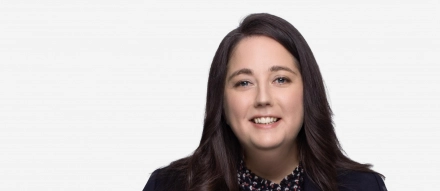
How the cosmetics industry is leveraging technology to respond to consumer trend
Social media and selling direct to the consumer through e-commerce platforms have been vital aspects of beauty brands’ strategies for many years now, though some are still finding new and innovative ways leverage these tools. Newer technologies such as artificial intelligence and augmented reality are still in their infancy, but are proving to be equally important for forward-thinking brands looking to stand out among the competition and win the sales from the ever-changing consumer.
How has technology impacted consumers’ wants and needs?
The rise in the use of technology in beauty has created a more informed, more demanding consumer. Social media is driving the latest trends in makeup, with consumers having access to tutorials from professional and amateur makeup artists from all over the world. Consumers are hyper-exposed to new products and online reviews by celebrities and social media stars can influence the consumer’s purchase decision.
The beauty industry was once dominated by offline channels. While brick-and-mortar is still thriving, an online presence is essential. Even prior to COVID-19, studies showed that Gen-Z and Millennial beauty consumers interact with others online more than they do in person, and because of this, brands have recognized the need to create connections and provide a seamless online experience. For example, online tools such as Sephora’s Virtual Artist allow consumers to virtually try on thousands of products using their smart phone or in-store kiosks.
With information and trends available to consumers on-demand, they increasingly desire more innovation and customization in products. They want more, and they are getting more. For example, the variety of shades of foundation on offer has significantly increased over the last few years – both Fenty Beauty and Lancôme currently offer 50 different shades of foundation.
With more options, shoppers are becoming less loyal to individual brands, instead focusing on the trends they see on their social media platforms. This means that brands have to work harder to retain customers, keeping them engaged in their products and enhancing the buying experience.
How have cosmetic brands reacted to the changing consumer?
L’Oreal are at the forefront of this movement, describing themselves as a “Digital First” company. L’Oreal recently unveiled “Perso” a 3-in-1 device for personalized beauty, that is powered by artificial intelligence. Using L’Oreal’s “Modiface” technology to evaluate skin, considering environmental factors and personal skincare priorities, “Perso” can create personalized skincare, lipstick and foundation on demand.
Coty has similarly used augmented reality to design their “Magic Mirrors” which are operated in stores and allow customers to digitally try on makeup, combining a mixture of physical and digital experiences. Coty also partnered with Amazon to introduce “Let’s Get Ready,” an interactive experience through Amazon Echo that provides consumers with beauty trends and looks on demand, including a personalized beauty look.
Brands are also able to learn about their customers more by collecting data on their shopping habits. The databases they are building are invaluable for now and in the future. However, with the volume of data available, it is important to use it efficiently. Some brands have even started using artificial intelligence-powered marketing tools to understand consumer behavior, identify patterns and are leverage this information to tailor customer engagement for online platforms.
MIRA BEAUTY, a platform launched in late 2019, describes itself as “the world’s first universal store and collaborative library for makeup and skincare that can be sorted and compared based on what you look like, and what you are looking for.” Their platform, and database, allows customers to find the information they need to make informed decisions about their beauty purchases by using their artificial intelligence technology to match products to customers.
What’s next?
As technology, innovation and product offerings advance, the consumer will likewise continue to change. While tailor-made products are increasing in importance, customers are likely to increasingly focus on where ingredients are sourced from and how products are made.
Brands will have to educate themselves about their customers through data collection and efficiently respond. They will also have to consider the full life-cycle of their products from design, through the supply chain and the buyer experience. And remember, the more you give the customer, the more they will want.
Ready to get started?
The information provided here is for general guidance only, and does not constitute the provision of tax advice, accounting services, investment advice, legal advice, or professional consulting of any kind. The information provided herein should not be used as a substitute for consultation with professional tax, accounting, legal or other competent advisers.
